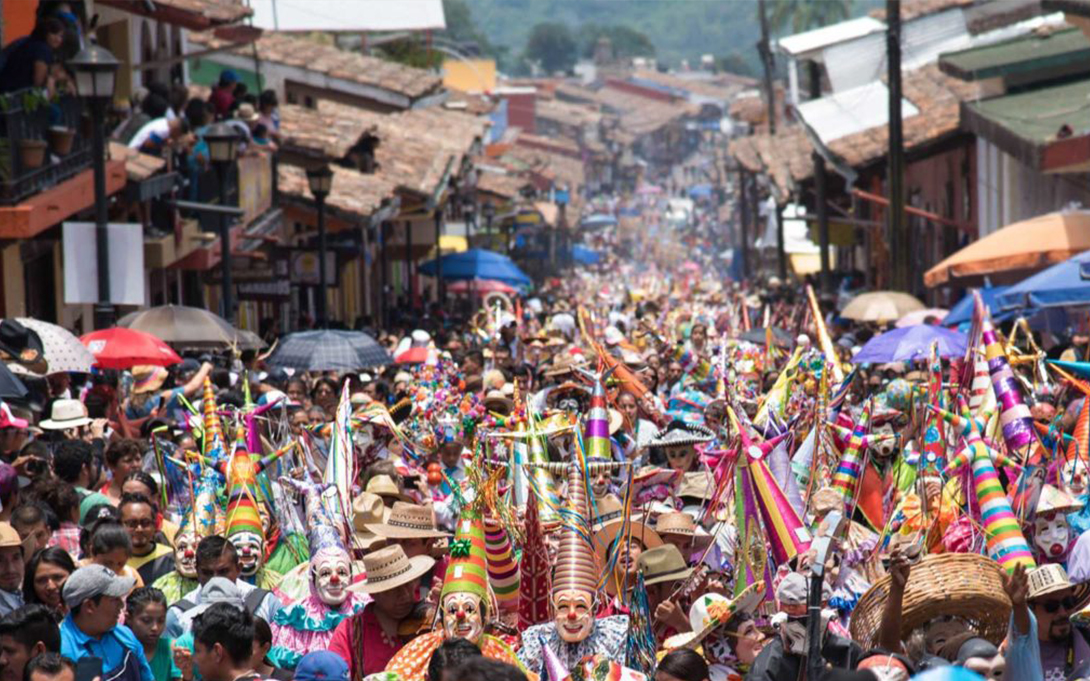
How does observance of religious festivals influence economic growth? Ford School faculty Dean Yang and Eduardo Montero looked at Catholic patron saint day festivals in Mexico to measure the development impact on municipalities that celebrate the festivals at key agricultural moments – planting and harvest seasons. They compared localities with “agriculturally-coinciding” municipal festivals with other towns and cities that celebrate patron saint days outside of those dates.
The paper, Religious festivals and economic development: evidence from catholic saint day festivals in Mexico (National Bureau of Economic Research, May 2021), concludes, “Agriculturally-coinciding festivals have negative effects on household income and other development outcomes. They also lead to lower agricultural productivity and higher share of the labor force in agriculture, consistent with [the] festivals inhibiting the structural transformation of the economy. [They] also lead to higher religiosity and social capital, potentially explaining why such festivals persist in spite of their negative growth consequences.”
Yang and Montero looked at the history of the patron saints’ days, which date back to the early Spanish conquest of Mexico and Latin America. “Many developing countries had religious festivals imposed on them by colonial powers, replacing endogenously-developed local religious traditions,” they note. These saint day festivals are typically local public holidays, and involve substantial financial expenditures by local households and governments.
To examine how religious festivals affect economic development, they see that festival dates and the timing of the main agricultural planting and harvest times vary greatly across localities. This sets a framework in which for some municipalities, the saint day festival coincides with the planting or harvest season, whereas in other municipalities there is no such coincidence.
They created a dataset of patron saint day festival dates for Mexican municipalities, based on online sources and phone interviews with municipality officials, and combined them with data on locally-specific optimal planting and harvest dates to determine whether festivals occur during local planting or harvest periods. They use data sources from the Mexican government to explore current municipality-level development outcomes.
They analyze mechanisms through which effects of agriculturally-coinciding festivals operate: “During the planting and harvest seasons, households need to undertake investments and expenditures for agriculture. If households are liquidity-constrained, festival expenditures in these key time periods may crowd out agricultural investments. Festivals occurring during harvest times also reduce households’ total harvest income by requiring them to sell crops during peak harvest times, when crop prices are low. Harvest festivals therefore reduce the realized value of harvested crops, as well as savings and investment for the next planting season.”
Despite the economic consequences, they note the “possibility of a self-reinforcing cycle, in which coinciding festivals raise religiosity, and the increased religiosity leads to persistence of coinciding festivals.”
The research can contribute to the literature on the impact of religion on economic development, on the impacts of religious practices on religiosity and social capital, and on the comparative development of Latin America.
Resources:
